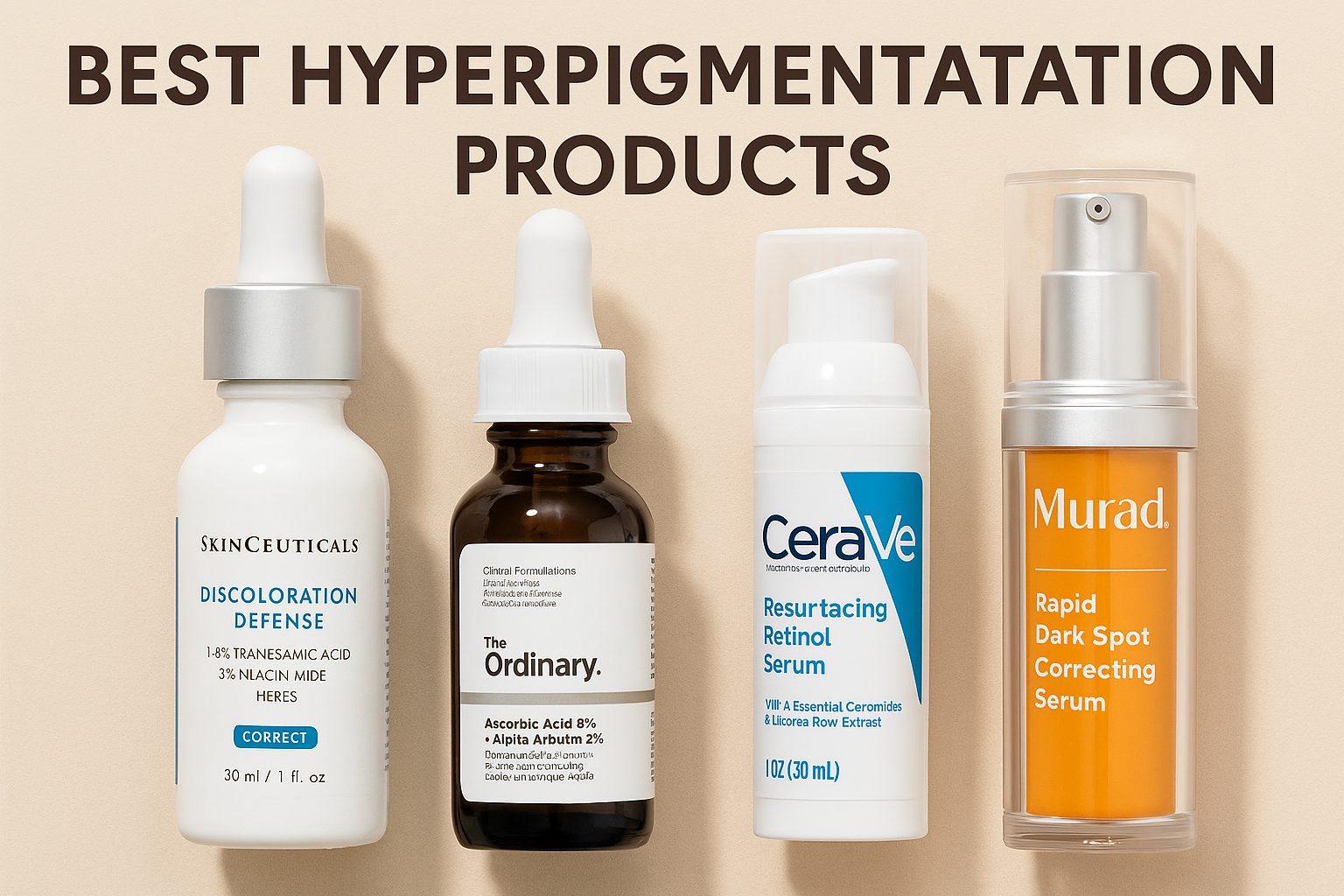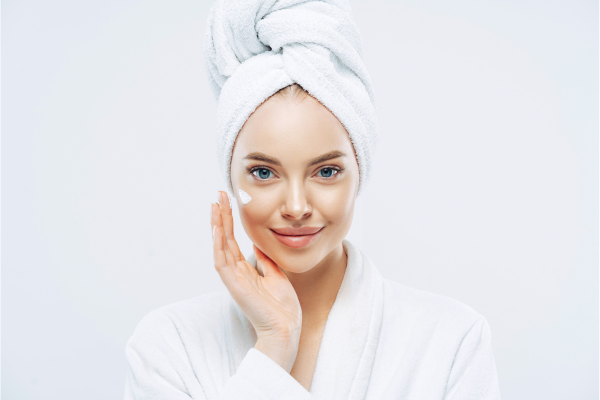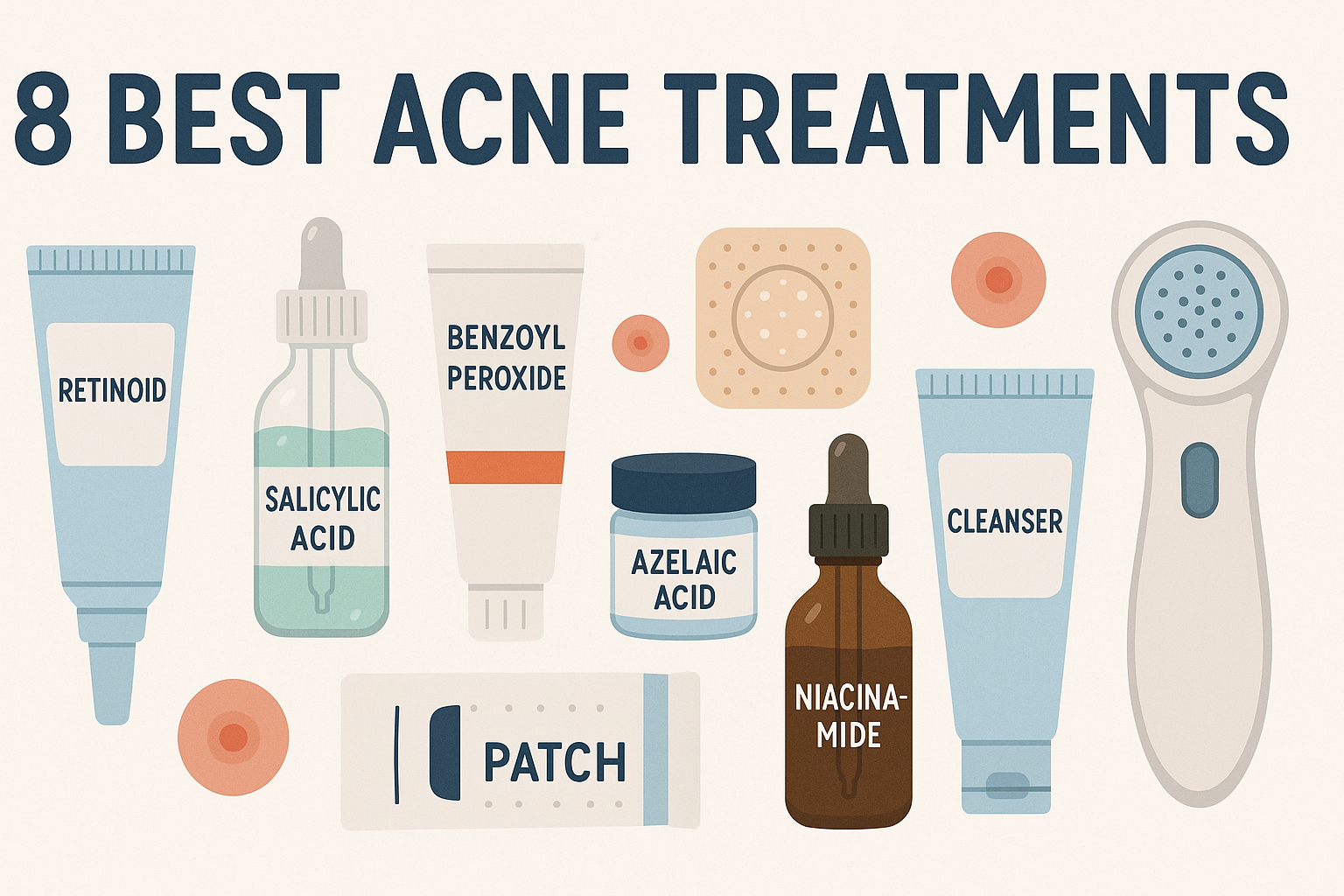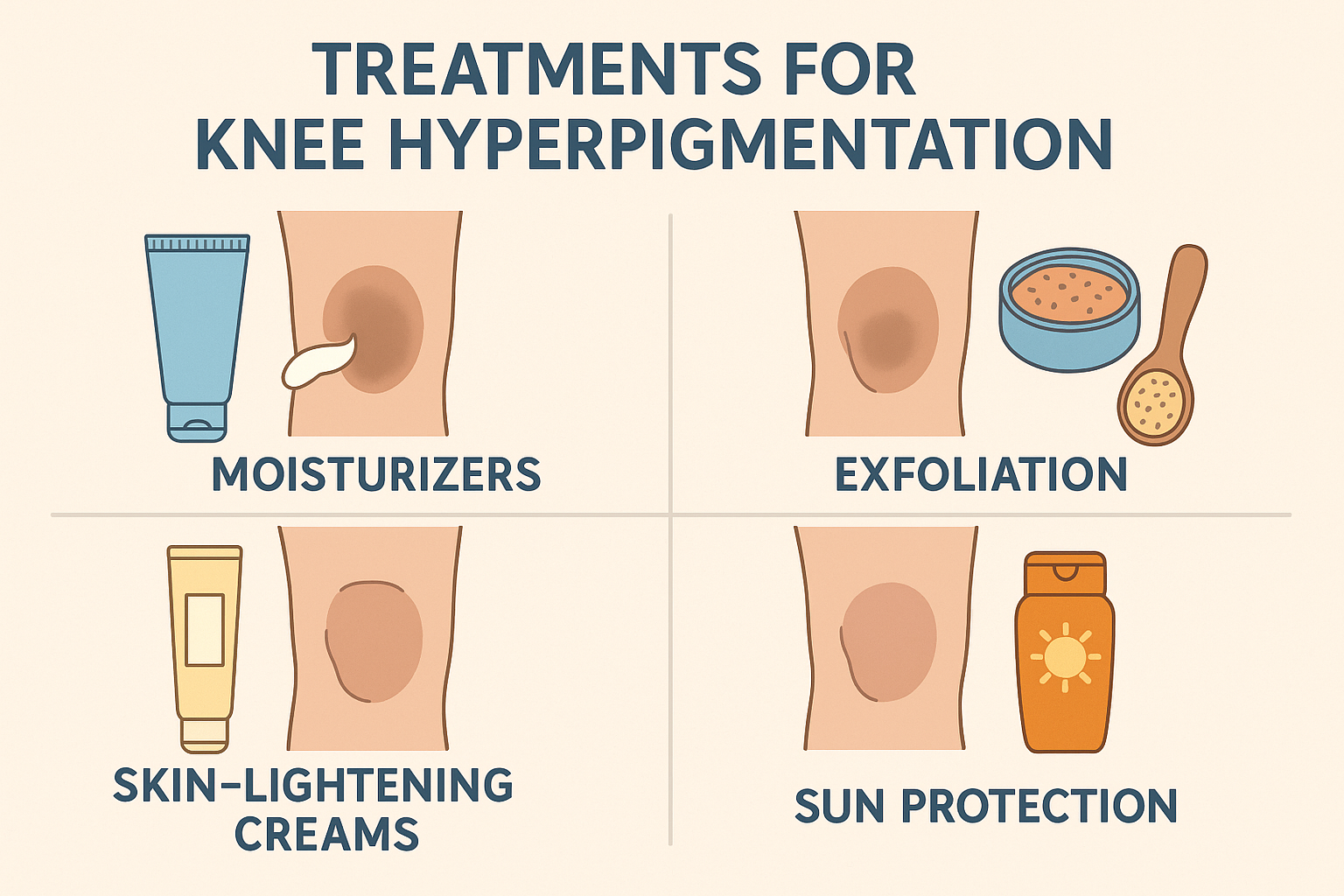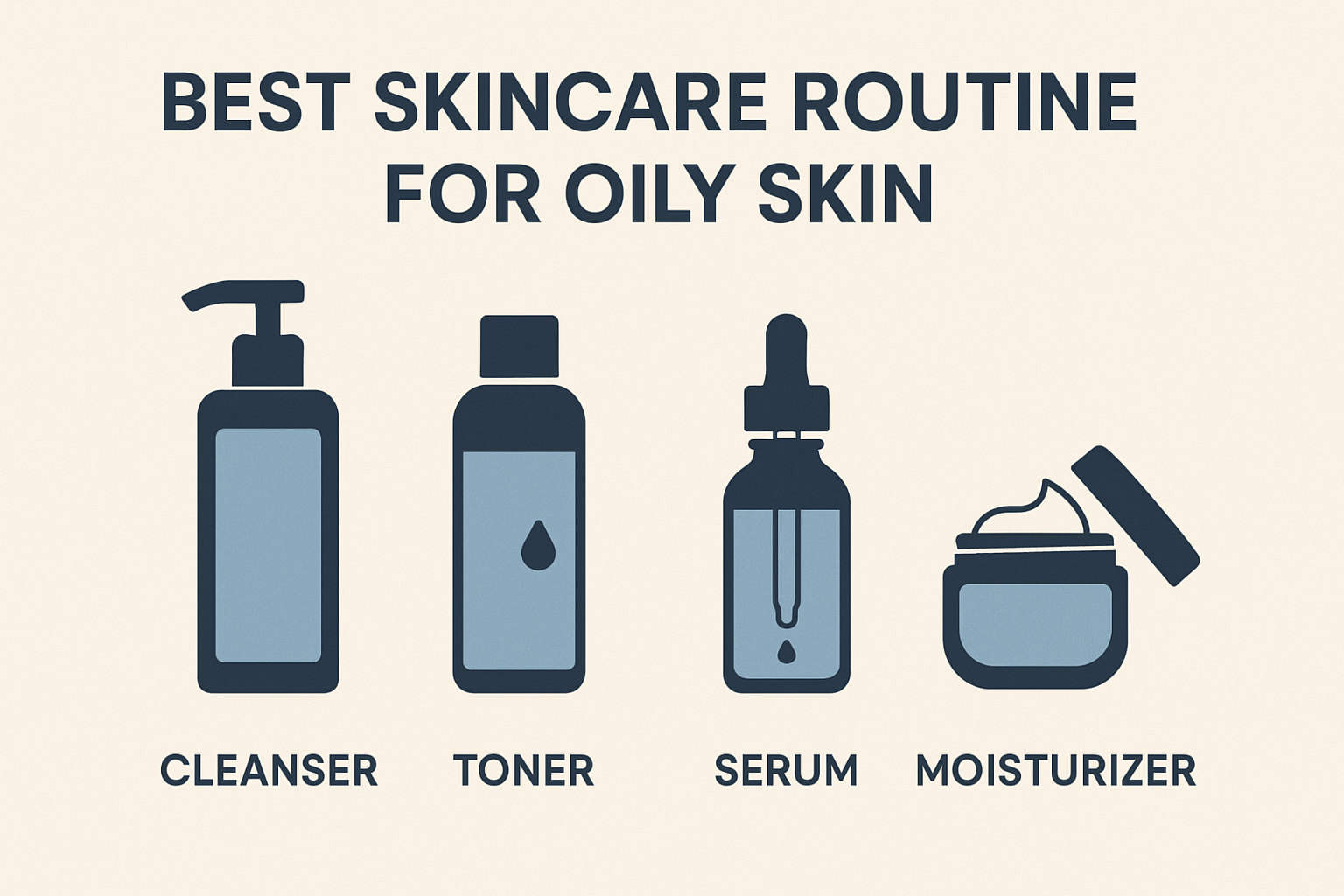Glycolic Acid Peel: Benefits, Side Effects & Safe Usage Tips
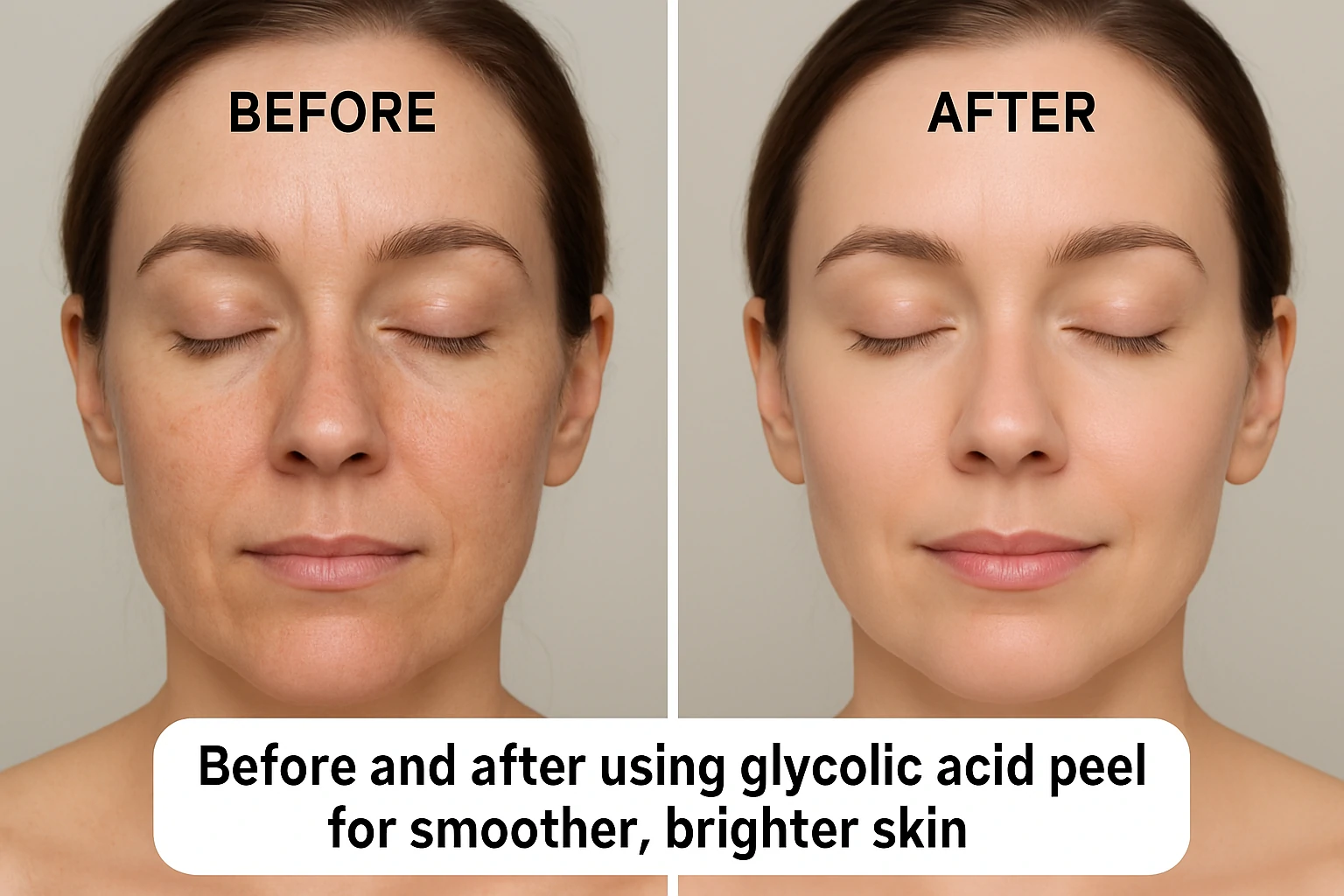
Active skincare ingredients are becoming a go-to choice for many people—especially those seeking visible results in a short time. One of the most recommended ingredients by dermatologists is glycolic acid, commonly used in chemical peels to improve overall skin health and appearance.
As a member of the Alpha-Hydroxy Acid (AHA) family, glycolic acid works by speeding up the skin’s natural exfoliation process. This helps fade dark spots, smooth out uneven texture, and reduce early signs of aging like fine lines. What sets glycolic acid apart is its small molecular size, which allows it to penetrate the skin more deeply and act more effectively compared to other AHAs.
But while its benefits are impressive, glycolic acid should be used with care—especially if you’re new to exfoliating acids. Overuse or improper application can lead to side effects like redness, irritation, and increased sensitivity to the sun.
If you’re considering adding a glycolic acid peel to your skincare routine, understanding how it works is crucial. This article will walk you through its top benefits, potential side effects, and essential safety tips—so you can enjoy smoother, brighter skin without the risks.
What Is a Glycolic Acid Peel?
A glycolic acid peel is a type of chemical exfoliation that uses glycolic acid—an AHA (Alpha-Hydroxy Acid)—to enhance skin texture, tone, and overall health.[1Sharad J. Glycolic acid peel therapy – a current review. Clin Cosmet Investig Dermatol. 2013;6:281-288. doi:10.2147/CCID.S34029.] It works by gently dissolving dead skin cells on the surface, revealing newer, brighter skin underneath.
Dermatologists often recommend glycolic acid because its small molecular size allows it to penetrate deeper into the skin. This deeper action helps clear clogged pores, regulate oil production, and support cell renewal from within.
When used correctly, glycolic acid peels can address a variety of skin concerns, including mild hyperpigmentation, rough texture, fine lines, and dullness. Skincare professionals often favor this acid in clinical treatments due to its proven effectiveness and ability to deliver visible results.
From a medical perspective, glycolic acid peels are considered a non-invasive, low-risk option—as long as the concentration and frequency are tailored to your skin’s individual needs.
Top Benefits of Glycolic Acid Peel for Skin
Wondering what makes glycolic acid so popular? Here are some of its most notable benefits for your skin:
- Fades mild hyperpigmentation and dark spots
- Evens out skin tone for a brighter, more radiant look
- Reduces the appearance of fine lines and early wrinkles
- Leaves skin with a natural glow and smoother texture[2Sharad J. Glycolic acid peel therapy – a current review. Clin Cosmet Investig Dermatol. 2013;6:281-288. doi:10.2147/CCID.S34029.]
Many skincare experts highlight glycolic acid’s role in stimulating collagen production. Collagen is essential for maintaining firm, elastic skin—and regular use of glycolic acid peel can visibly improve your skin’s suppleness over time.
This peel is also beneficial for acne-prone skin. By removing dead skin buildup and excess oil, it helps keep pores clean—preventing blackheads, whiteheads, and breakouts from forming.
Another key advantage? Glycolic acid is generally considered safe during pregnancy. Dermatologists sometimes recommend it for treating hormonal pigmentation issues like melasma or chloasma, which are common during pregnancy.
Even better, it’s available in user-friendly formats such as exfoliating pads, toners, and at-home peels—making it easy to incorporate into your skincare routine.
How to Prepare for a Glycolic Acid Peel
Preparation is everything when it comes to getting the best results from a glycolic acid peel. Skincare experts recommend stopping all forms of exfoliation at least 7 days before treatment—and longer, if possible.
This includes not only physical scrubs but also skincare products containing AHA, BHA, PHA, or even natural exfoliants derived from botanicals.[3Kornhauser A, Coelho SG, Hearing VJ. Applications of hydroxy acids: classification, mechanisms, and photoactivity. Clin Cosmet Investig Dermatol. 2010;3:135-142. doi:10.2147/CCID.S9042.] While plant-based, these ingredients still have exfoliating effects that can increase skin sensitivity before a chemical peel.
Another key step: pause the use of retinoids or retinol products. Retinoids, commonly found in anti-aging creams and serums, can thin the top layer of skin, increasing the chance of irritation or excessive peeling during your glycolic acid treatment.
By giving your skin a break from active ingredients, you allow it to recover and strengthen—making it more resilient and better prepared for the peel. This ensures that you receive the full benefits of the glycolic acid without triggering unwanted reactions.
What to Expect During a Glycolic Acid Peel
A professional glycolic acid peel is a quick, non-invasive procedure often performed in dermatology clinics. Most peels use a glycolic acid concentration between 30% and 40%, applied for 2–3 minutes depending on your skin’s sensitivity and condition.
This treatment is often referred to as a “lunchtime peel” because it’s fast and requires no downtime—perfect for busy lifestyles.
While the word “peel” might sound intense, the actual experience is quite mild. You may feel a light tingling or warming sensation during application, but severe discomfort is rare when performed by trained professionals. Visible redness or irritation afterward is usually minimal and temporary.
In the field of aesthetic dermatology, glycolic acid peels are widely recommended for their ability to refresh dull skin, refine texture, and restore a healthy glow—all in one short session.
In-Office vs. At-Home Glycolic Acid Peels
Glycolic acid peels can be done either professionally in a clinic or safely at home, but the results, intensity, and safety protocols differ significantly.
For faster and more noticeable results, dermatologists often recommend getting the procedure done by a certified skin expert. Clinical peels typically use higher concentrations of glycolic acid (30–40%), which can deeply target issues like hyperpigmentation, uneven texture, and fine lines. However, in-office treatments come with a higher price tag, often ranging between IDR 3 million and IDR 6 million per session.
If you’re just starting out, at-home peels offer a more budget-friendly and beginner-safe alternative. Products like The Ordinary AHA 30% + BHA 2% Peeling Solution are popular, but for first-timers, it’s best to start with lower concentrations—around 5% glycolic acid with a pH level between 3 and 4.
Use these peels sparingly, about 2–3 times a week, while carefully monitoring your skin. If you notice irritation or excessive dryness, reduce the frequency. When applied consistently and correctly, at-home glycolic acid products can strengthen your skin barrier and improve overall skin health over time.
Possible Side Effects You Should Know
While glycolic acid peels are generally safe, it’s normal to experience some mild side effects after treatment. According to skincare experts, temporary redness, tightness, and mild dryness may occur a few hours post-procedure.
In the first 2–3 days, you might notice light peeling or flaking. The intensity of this depends on the strength of the peel—lower concentrations typically cause minimal peeling, while stronger treatments can lead to more visible exfoliation.
The skin’s recovery phase usually lasts between 5 to 7 days. During this time, it’s important to treat your skin gently. Avoid any exfoliating agents, including scrubs and active chemical ingredients.
Sun protection is absolutely essential during this period. Since freshly exfoliated skin is more sensitive to UV damage, apply a broad-spectrum sunscreen with high SPF daily—even when indoors. Limit outdoor exposure and wear protective clothing or hats if you must be outside.
Taking these steps helps minimize the risk of post-inflammatory hyperpigmentation, especially for those with medium to darker skin tones.
Aftercare
Post-peel care is just as important as the procedure itself. Dermatologists emphasize the need to deeply hydrate and repair the skin barrier after using glycolic acid.
Look for moisturizers rich in ceramides, hyaluronic acid, and peptides. These ingredients help lock in moisture, calm inflammation, and accelerate healing after exfoliation.
Avoid using other active ingredients like retinol or vitamin C for at least a few days after peeling. Combining them too soon can trigger increased sensitivity, dryness, or even barrier damage.
Sun exposure is another critical concern. Since glycolic acid heightens UV sensitivity, apply a lightweight, non-comedogenic sunscreen—like La Roche-Posay Anthelios Clear Skin Oil-Free Dry Touch SPF 60—every morning. Reapply every two hours if you’re spending time outdoors.
Lastly, avoid repeating glycolic peels too frequently. Over-exfoliation can thin out the stratum corneum (your skin’s outermost layer), weakening your skin’s defenses and potentially leading to chronic irritation and premature aging. Always follow a consistent schedule and give your skin time to recover fully between treatments.
How to Use Glycolic Acid Peels Safely at Home
Doing a glycolic acid peel at home can be effective and safe—as long as it’s done correctly. This is especially important if you’re new to chemical exfoliants.
Start with a product containing a low concentration of glycolic acid (between 5% and 10%), especially if you have sensitive or reactive skin. Perform a patch test on a small area before applying it to your entire face. This helps detect any potential allergic reactions or sensitivity.
Before using the product, wash your face with a gentle cleanser and ensure your skin is completely dry. Apply a thin, even layer of the peel, avoiding sensitive areas like the eyes and lips. For your first use, leave it on for 1 to 3 minutes only, then rinse thoroughly with cold water.
After peeling, apply a soothing moisturizer with ceramides or hyaluronic acid to maintain hydration and calm the skin. And never skip sunscreen—apply SPF 30 or higher daily, especially for the next few days.
Limit your usage to once or twice a week. Overuse can compromise your skin barrier, leading to prolonged irritation or breakouts. Remember: gentle and consistent is better than aggressive and risky.
Who Should Avoid Glycolic Acid Peels?
Although glycolic acid peels offer impressive results, they’re not suitable for everyone. Certain skin conditions and sensitivities make this treatment potentially risky.
If you have very sensitive skin, rosacea, eczema, or active dermatitis, it’s best to avoid glycolic acid. This type of acid can worsen inflammation, cause redness, or trigger flare-ups in reactive skin types.
Dermatologists also advise against using glycolic acid if you have open wounds, skin infections, or have recently undergone laser treatments or microneedling. Applying acid to compromised skin can lead to irritation, prolonged healing, or even post-inflammatory hyperpigmentation.
Pregnant and breastfeeding women should consult with a healthcare provider before using glycolic acid. Although it’s generally considered safe in low concentrations, professional advice ensures there’s no additional risk.
If you’re using prescription skincare treatments—like retinoids, isotretinoin, or strong topical medications—do not combine them with glycolic acid without supervision. The interaction can over-exfoliate and severely damage your skin barrier.
Expert Tips to Maximize Your Glycolic Acid Peel Results
To get the most out of your glycolic acid peel at home, consistency and smart application are key. Here are expert-backed skincare tips to help you enhance the benefits while keeping your skin healthy and resilient:
- Use glycolic acid at night
Chemical exfoliants like glycolic acid are best applied during your nighttime routine. According to dermatologists, nighttime application reduces the risk of sun sensitivity and allows your skin to recover without UV exposure. - Avoid mixing with strong actives
Give your skin breathing room. Avoid layering glycolic acid with retinol, high-dose vitamin C, or benzoyl peroxide in the same routine. These combinations can lead to over-exfoliation, redness, and irritation. Wait at least 24 hours before introducing other actives. - Prioritize hydration after peeling
After a peel, nourish your skin with calming moisturizers containing hyaluronic acid, panthenol, or ceramides. These ingredients support the skin’s natural healing process and prevent excessive dryness. - Never skip sunscreen
Daily sun protection is non-negotiable. Use a broad-spectrum sunscreen with SPF 30 or higher, even on cloudy days or when staying indoors. Glycolic acid increases your skin’s UV sensitivity, making sunscreen critical to prevent sunburn and hyperpigmentation. - Stick to a consistent routine
In clinical practice, dermatologists agree that using glycolic acid once or twice a week delivers better long-term results than overusing it. Skin improvement takes time—slow and steady wins the race.
Best Glycolic Acid Peel Products to Try at Home
Choosing the right glycolic acid product makes a big difference in achieving visible, safe, and lasting results. Based on expert recommendations and user experience, here are some of the best at-home glycolic acid peels you can try—whether you’re a beginner or more experienced:
- The Ordinary Glycolic Acid 7% Toning Solution
A favorite among beginners, this gentle yet effective toner offers mild exfoliation for brighter, smoother skin. It also includes aloe vera and Tasmanian pepperberry to help minimize irritation. - Pixi Glow Peel Pads (20% Glycolic Acid)
Great for intermediate users, these pre-soaked pads deliver a more intensive exfoliation. Ideal for tackling uneven tone and rough texture. Always patch test before using a high concentration. - Paula’s Choice Resist Advanced Smoothing Treatment 10% AHA
A powerful yet balanced formula combining glycolic acid, lactic acid, and malic acid, this treatment is designed to smooth and refine skin while providing antioxidant protection. A good choice for visible results without harsh side effects. - Dr. Dennis Gross Alpha Beta Universal Daily Peel
Though a premium option, this two-step peel is beloved for its balanced AHA-BHA formula and post-peel calming ingredients. Suitable for regular use with less downtime, making it ideal for skincare enthusiasts.
Final Thoughts
Glycolic acid peel offers a powerful yet approachable solution for a range of skin concerns—dullness, uneven texture, early signs of aging, and more. When used correctly and consistently, this chemical exfoliant can transform your skin over time, giving you smoother, brighter, and healthier-looking results without compromising your skin barrier.
But remember, not all skin types react the same. The secret lies in personalization. Always start with a lower concentration, observe how your skin responds, and don’t hesitate to consult a dermatologist if you’re unsure. According to Dr. Andrea Suarez, board-certified dermatologist, “Introducing glycolic acid gradually is essential to avoid irritation and help your skin adapt safely.”
Looking to kickstart a brighter, more refined complexion? A glycolic acid peel might just be the step you need—when used wisely.
Above all, choose skincare that’s safe, measured, and tailored to your unique needs. Your skin will thank you for it.
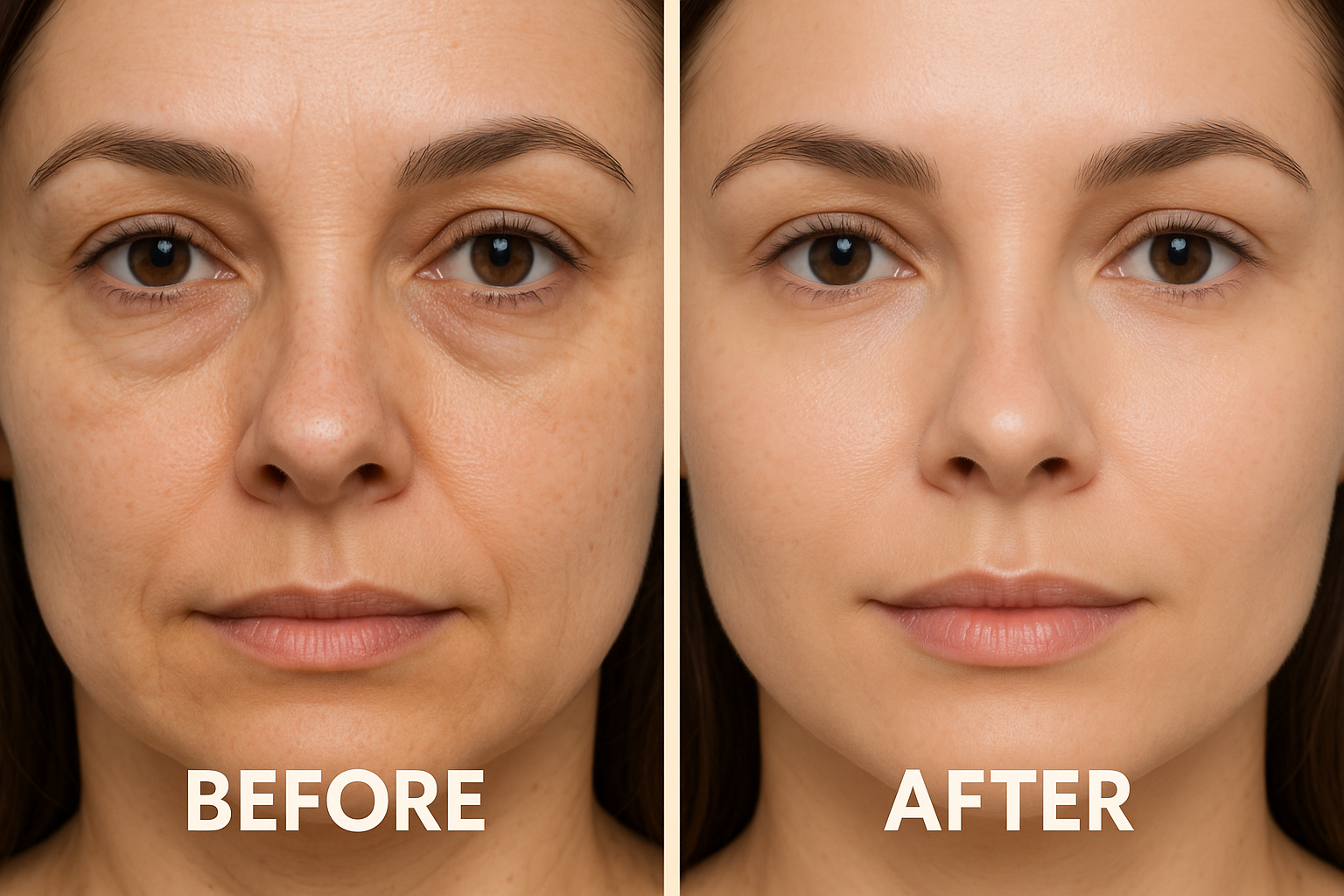

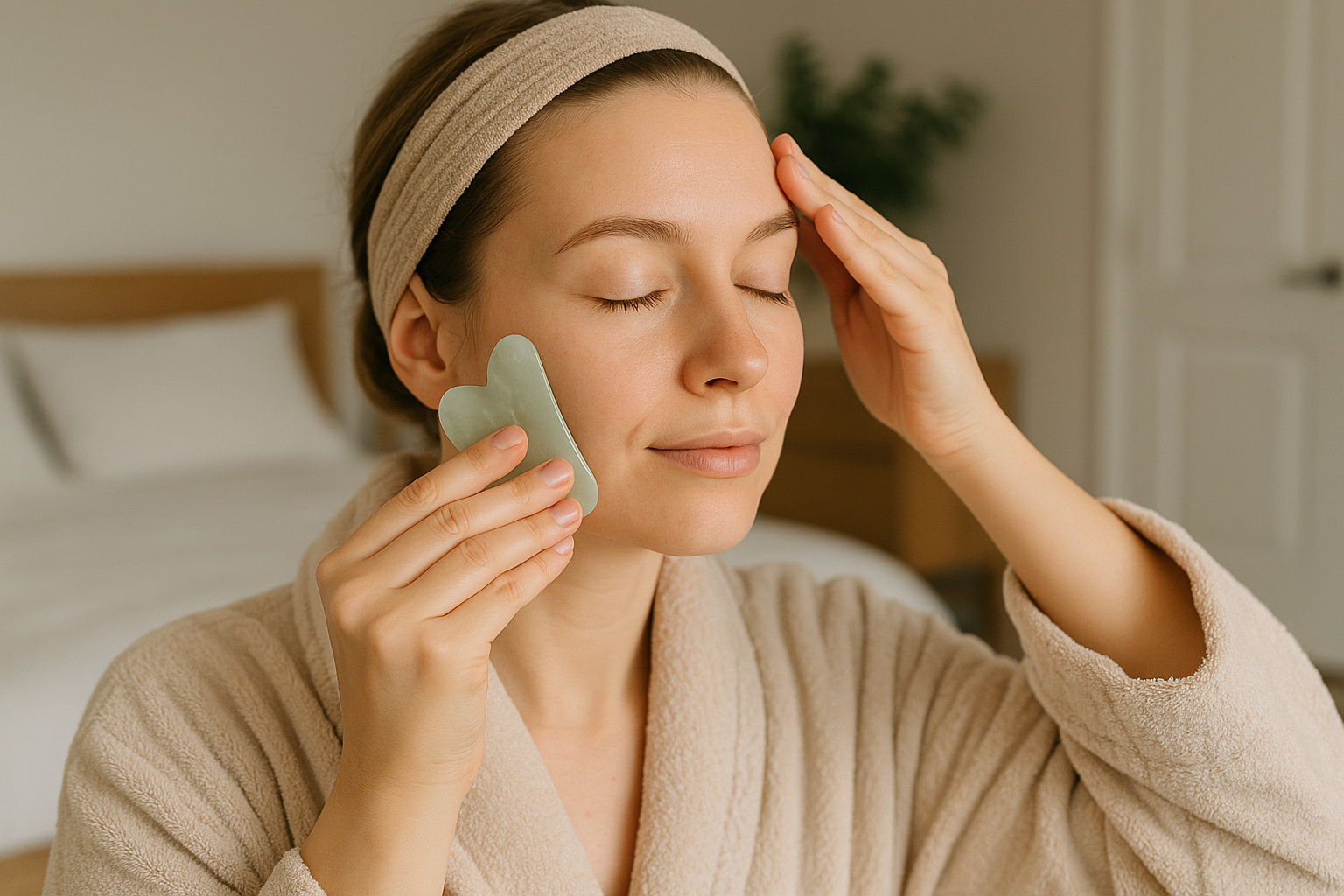

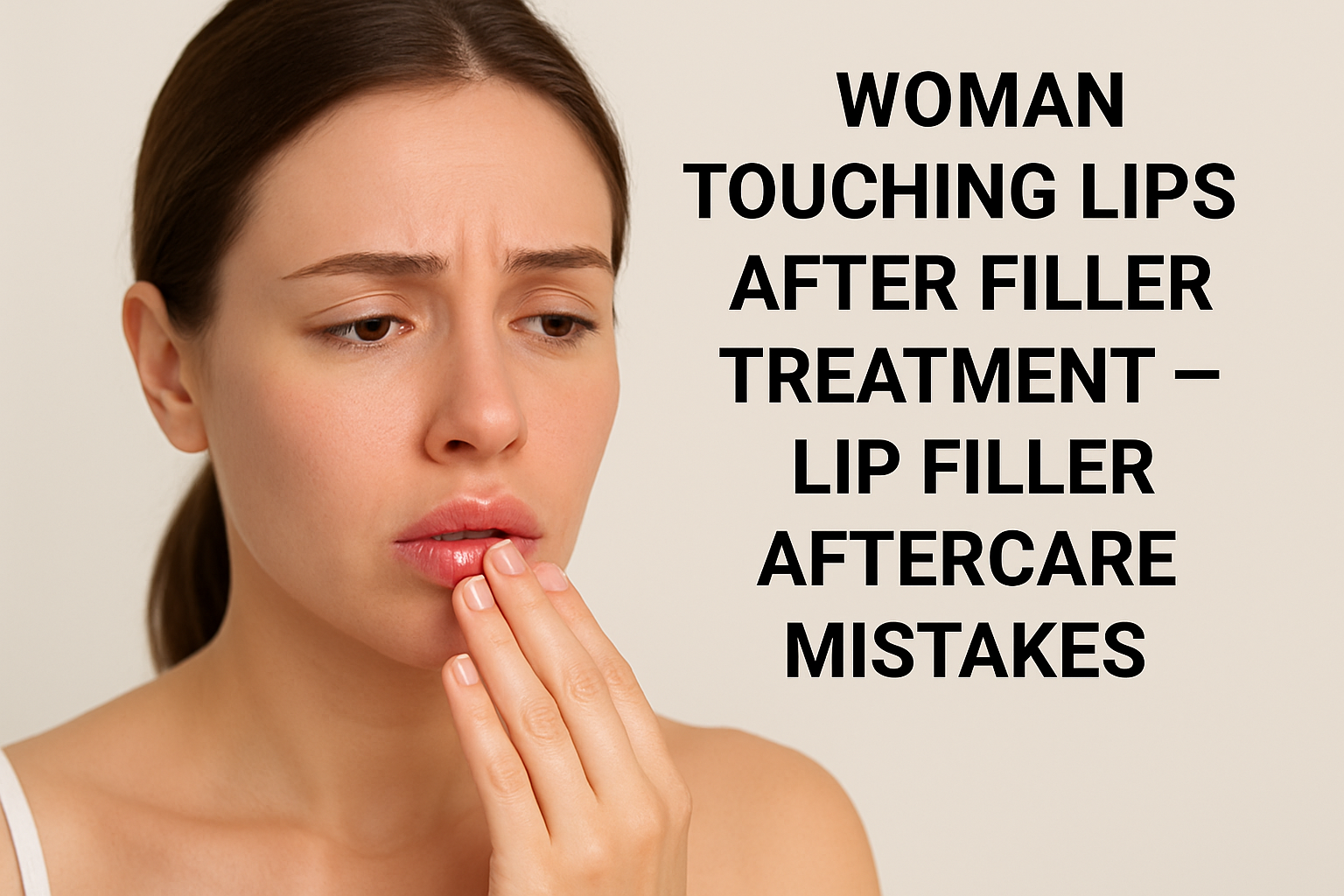
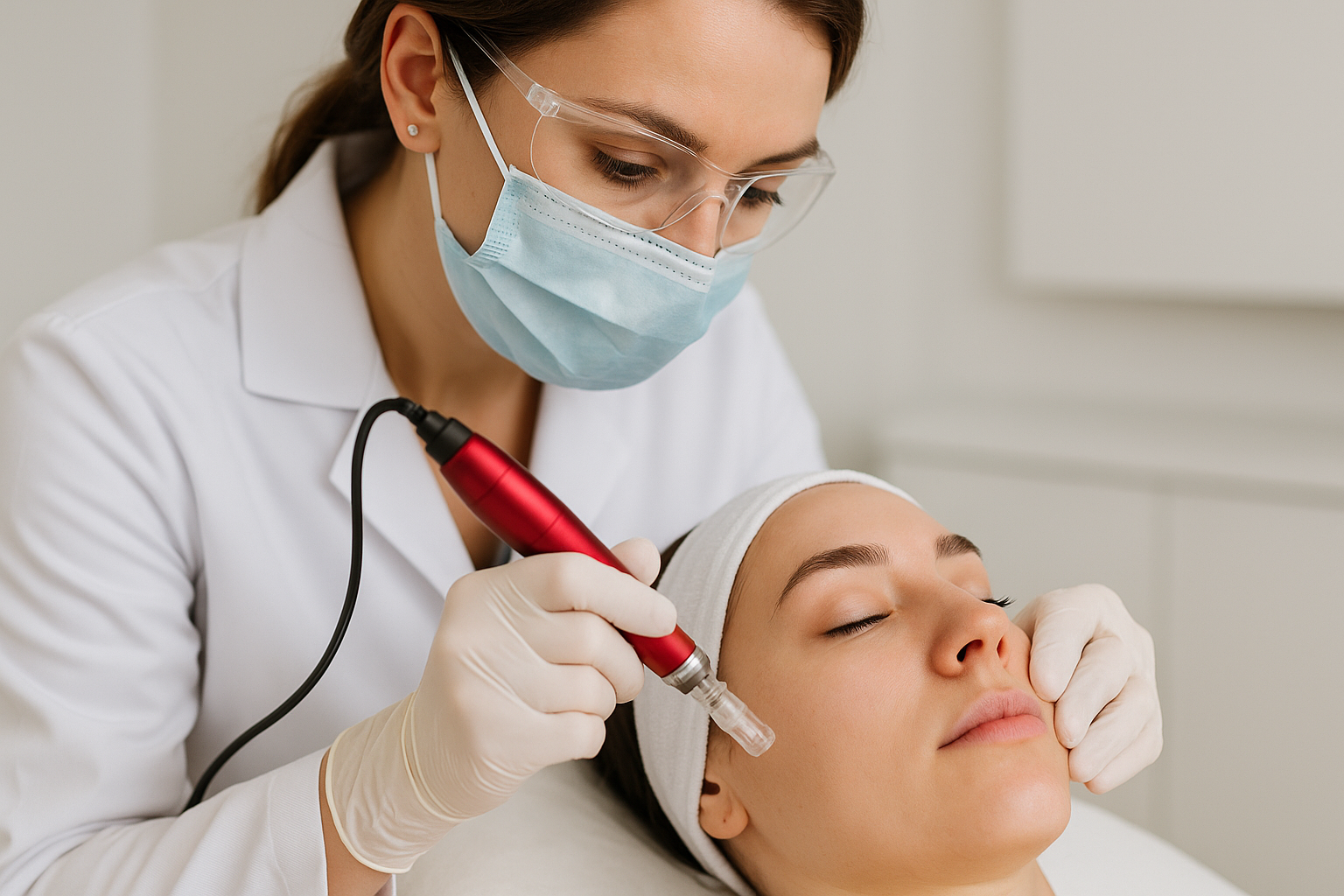
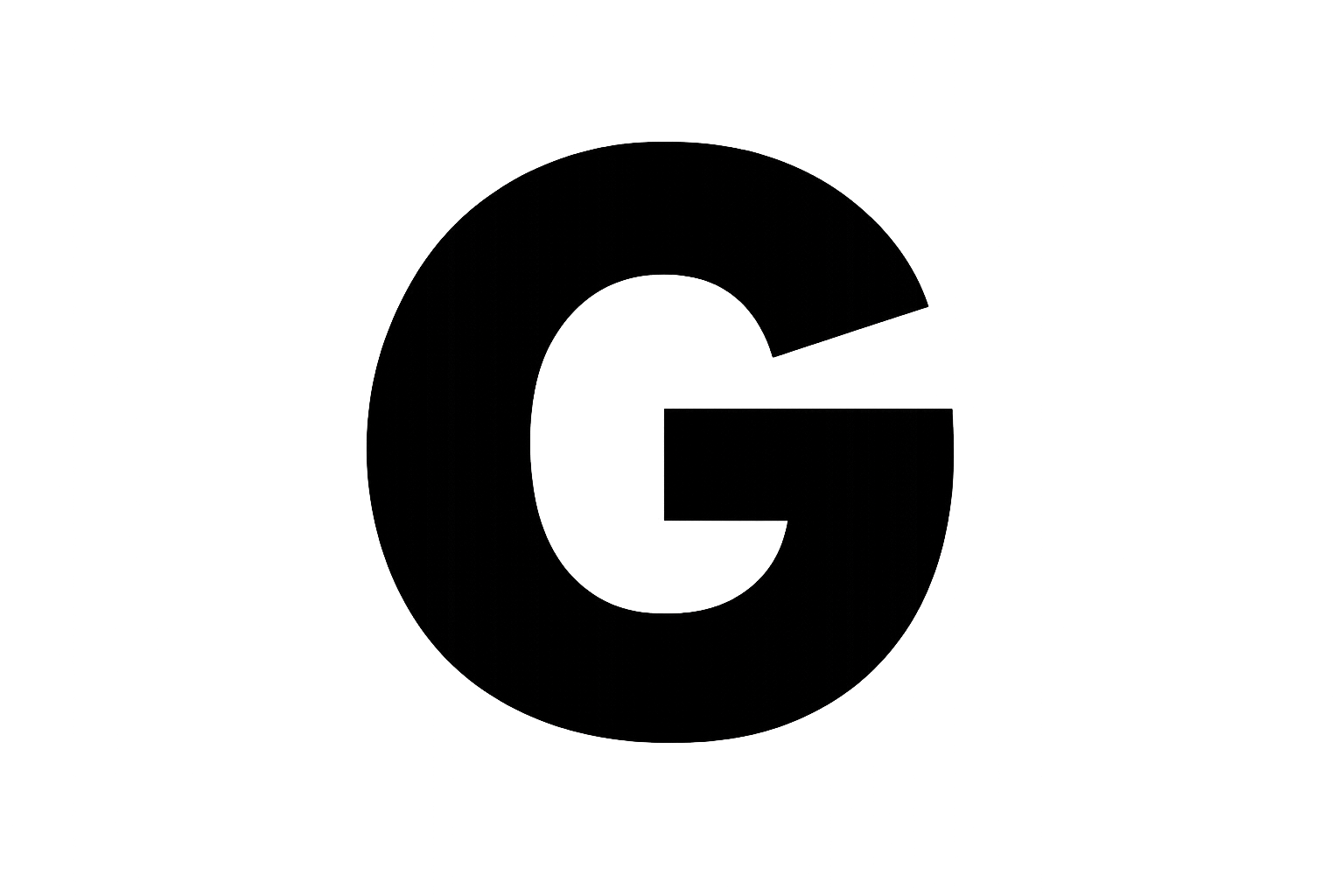 Acne
Acne Anti-Aging
Anti-Aging Business
Business Digital Marketing
Digital Marketing Economics
Economics Exfoliation
Exfoliation Movies
Movies Personal Finance
Personal Finance Websites
Websites
